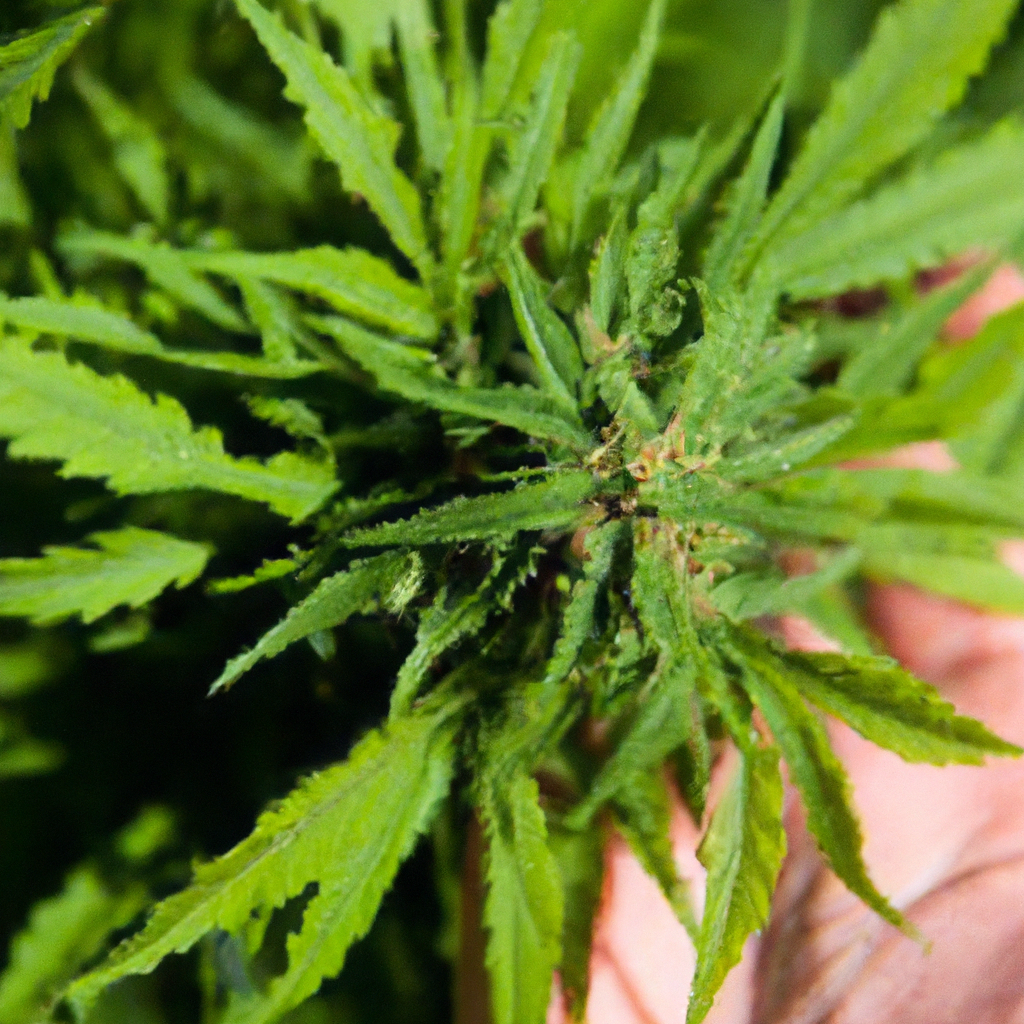John “Magic” Greenleaf
“Growing greatness, one strain at a time.”
Introduction
In the ever-evolving world of cannabis cultivation, striking a balance between high yields and sustainable practices remains a key concern for growers. As the industry continues to grow, forward-thinking cultivators like myself, John “Magic” Greenleaf, must pioneer eco-friendly techniques that both maximize output and minimize our ecological footprint. Here’s how we’re achieving this in Colorado’s challenging, high-altitude conditions.
Organic Soil and Nutrient Management
Transitioning to organic soil isn’t just better for the environment; it also enhances the natural terpene and cannabinoid profiles of cannabis plants. Organic soils retain moisture more effectively, cutting down on water usage. I incorporate compost and natural amendments, ensuring my plants get the nutrients they need without synthetic fertilizers, which can harm local ecosystems.
High-Efficiency Lighting
Lighting is a major energy drain in cannabis cultivation. By investing in high-efficiency LED systems, I’ve reduced my energy consumption by 25%, significantly lowering the carbon footprint of my grow operations. These LEDs not only require less power but also emit less heat, reducing the need for extensive climate control measures.
Innovative Water Management
- Drip Irrigation: This system minimizes water waste by delivering precise amounts directly to the plant roots. It’s a strategy that saves me over 10,000 gallons annually.
- Rainwater Harvesting: I collect and use rainwater to supplement my irrigation needs, further reducing dependency on municipal water supplies.
- Soil Conservation: By incorporating organic matter into the soil and using cover crops, moisture retention improves substantially, keeping water use in check.
Conclusion
As the cannabis industry grows, so does our responsibility to champion sustainable practices. By focusing on organic soil health, efficient lighting solutions, and innovative water management, we can ensure a brighter, greener future for our crops and our planet. Remember, “Healthy roots, healthy buds, happy harvests.” Let’s continue learning and refining our techniques, one strain at a time.


Leave a Reply